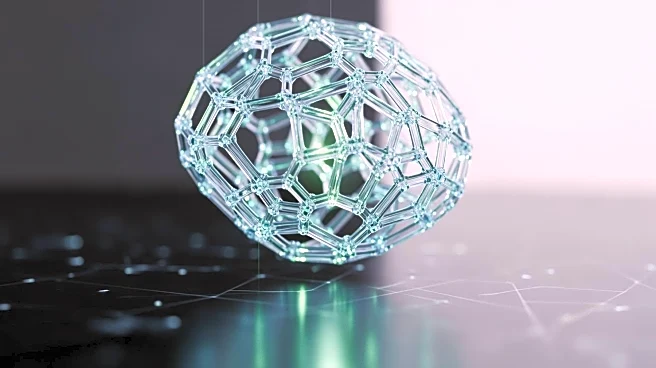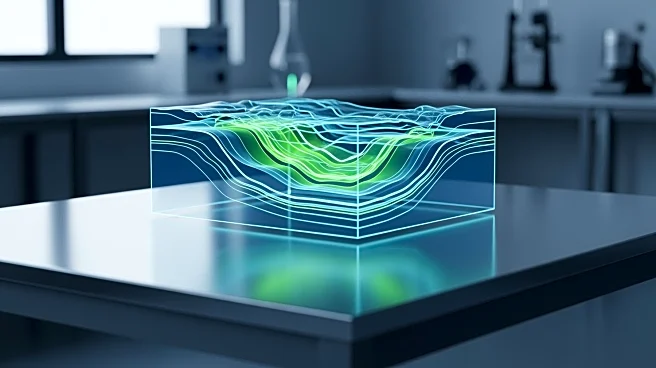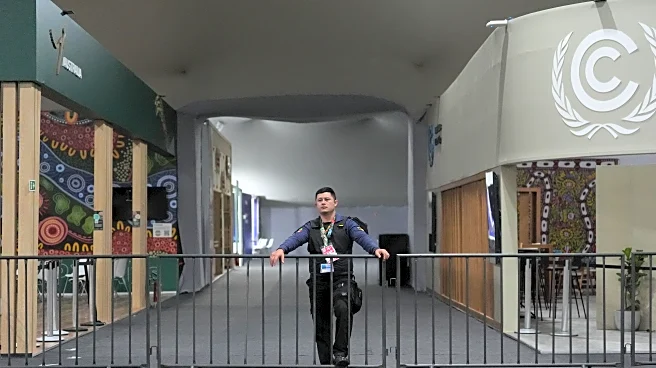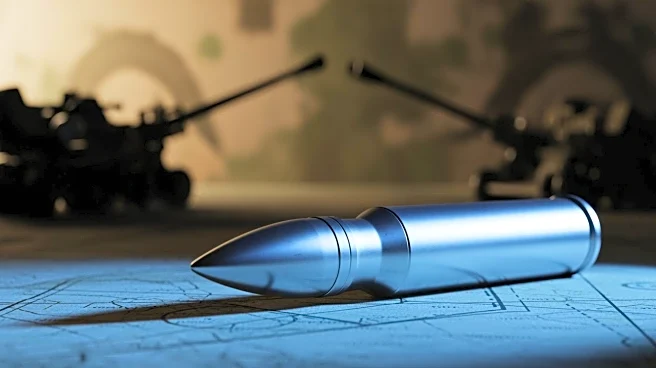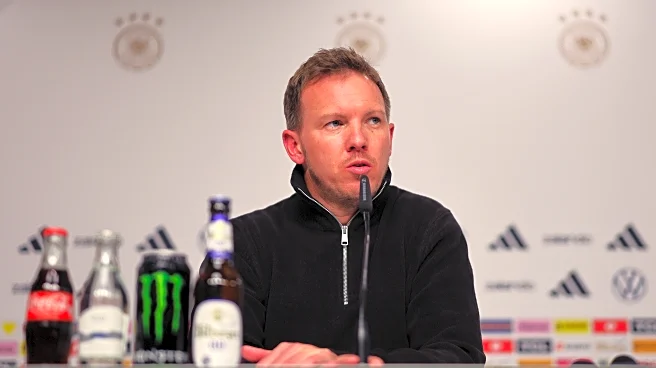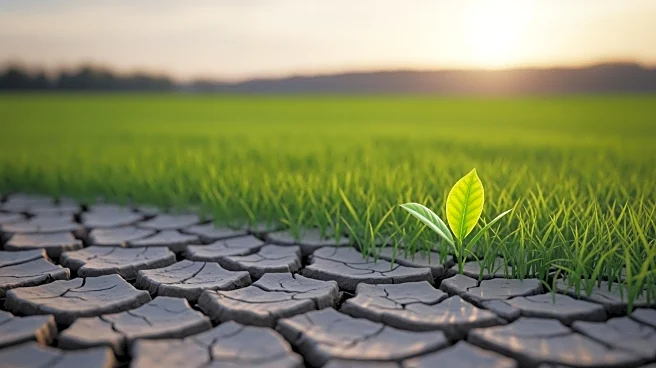What's Happening?
Researchers have developed a novel modeling technique to assess the safety of nuclear waste repositories in crystalline rock formations. This study, part of Germany's CHRISTA-II initiative, evaluates the thermo-hydro-mechanical
behavior of host rock and quantifies safety margins against potential failure. The findings highlight the effectiveness of deep geological disposal methods, which use both engineered barriers and natural rock formations to prevent radionuclide migration. The research emphasizes the importance of geological barriers in safely isolating high-level radioactive waste.
Why It's Important?
The study provides valuable insights for long-term waste management strategies, particularly in the context of high-level radioactive waste disposal. By confirming the integrity of crystalline rock as a containment system, the research supports the development of safe and scientifically sound disposal methods. This is crucial for countries seeking sustainable solutions for managing radioactive waste, as it helps refine safety standards and strengthen assessment protocols.
What's Next?
Future research will expand the modeling framework to include a broader variety of geological conditions and fracture patterns. Sensitivity analyses will be essential in identifying parameters that most significantly influence barrier performance. These efforts will contribute to the ongoing development of safe disposal strategies for radioactive waste.


